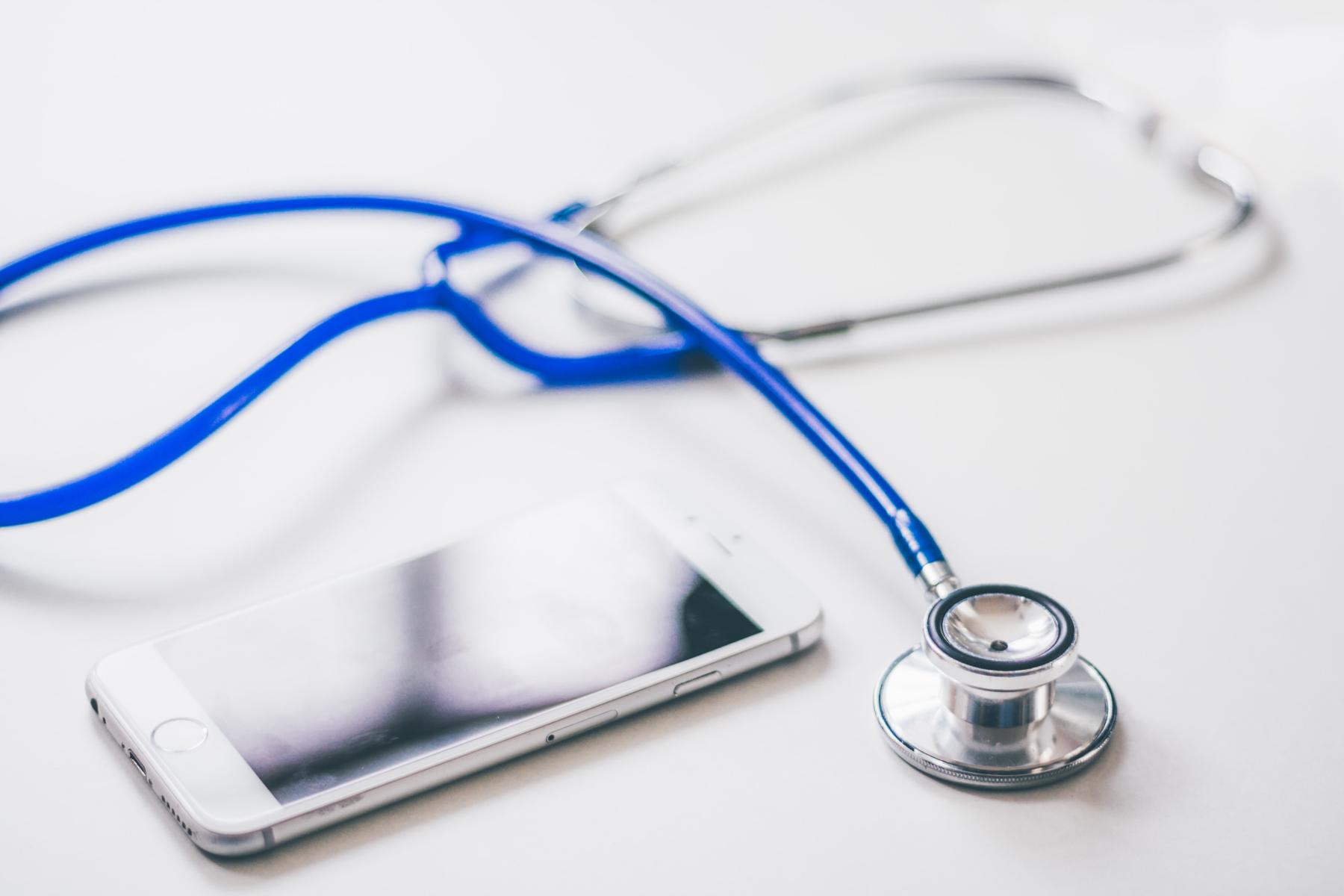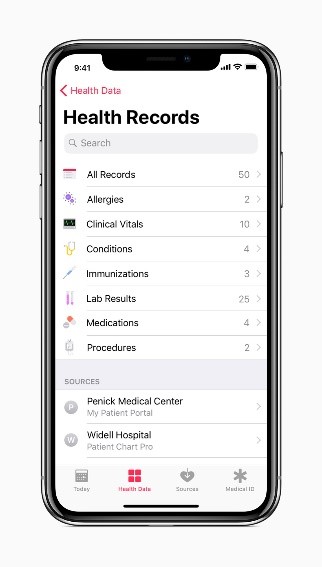Apple’s Putting the Doctor’s Clipboard In Your Pocket. What Does That Mean for Colorado?

Picture this: You’re out hiking a fourteener and you break your leg. While at the hospital, you’re asked to recall any recent medical procedures or pills you’ve taken. Instead of trying to remember everything while writhing in pain, you pull out your iPhone and – boom. There it is.
Your personal electronic health record (PHR) at the touch of your finger.
Sound too good to be true? For some people, it’s already a reality.
Apple recently introduced Health Records, an update to its popular Health App, which came out in 2014. Health Records brings together information from hospitals, clinics and Apple’s existing Health App to allow users to access their PHRs and medical data from multiple providers on their iPhones.
This doesn’t mean everyone with an iPhone suddenly has access to their health care records — hospitals must first agree to work with Apple to provide the data. So far, about a dozen institutions are using a “beta” version of the app, including healthcare giants Johns Hopkins Medicine in Baltimore and Cedars-Sinai in Los Angeles.
So why does this matter and what could it mean for Colorado?
There is growing demand from both patients and providers for ways to give patients and health systems easier access to personal health records and data.

Colorado has invested significant resources in improving access to health information. Quality Health Network (QHN) and Colorado Regional Health Information Organization (CORHIO), for example, have led the way in Colorado to improve the exchange of health information between providers, hospitals, labs, other healthcare organizations and patients.
But while there are efforts underway to create patient portals and make health record data easier to obtain, the portals aren’t always easy to use and the data isn’t always easy to interpret. And health record data isn’t much good if you can’t understand it.
Apple is known for its user design and for making information easy to interpret and use. It also has the Health application automatically loaded to every iPhone in the world (assuming users update their systems). That means the technology is sitting in many people’s pockets right now, waiting for a health system to jump on board to provide data.
In its current form, Apple Health Records has a uni-directional data flow. That means hospitals, clinics and other medical providers can send information to a personal electronic health record, but patients cannot send medical information or add any missing data. The App lets users pull medical records from multiple health care providers: If you visit different hospitals, Health Records can pull all your information into one place.
While no health systems in Colorado have joined the dozen nationally that are providing data to Health Records, we’ve seen Colorado health care providers using Apple’s health technology. At Parkview Medical Center in Pueblo, for instance, nurses use iPads to manage patient medications.
Is the Timing Right?
The tech industry’s interest in health, and particularly in creating PHRs, is not new. Tech giants Google and Microsoft made a similar push about a decade ago that failed to gain any traction.
That was likely at least in part an artifact of bad timing. In 2007, less than one of three doctors and health care providers used electronic health records in their practices, compared to nearly nine out of ten in 2015, according to the Centers for Disease Control and Prevention (CDC). The growth of electronic health records in the last decade paired with ten years of innovations in health care information technology and powerful smartphones in 2018 means that Apple’s Health Records might have much better chance at taking off than previous efforts.
Still, the interaction of personal data and technology is always complex and often controversial. And the roll-out of new technologies often includes unexpected twists and bugs.
It will be worth following the twelve hospitals that are piloting this project to see if Health Records catches on – and to check in with Colorado hospitals and health organizations to see if and when Health Records might come to the Centennial State (and to an iPhone near you).
Find Karam Ahmad on Twitter: @CHI_Karam
Want more information about health and health policy in Colorado? Bookmark our blog, subscribe to our newsletter or find CHI on Facebook and Twitter
Related Blogs and Research
- Colorado Health Observation Regional Data Service
- Are Colorado Kids Falling for the Tide Pod Challenge?
- Health Care for a High-Tech World: The Potential for Telehealth in Colorado
- Can Technology Improve Coloradans' Patient Experiences
- The Promise of Health Information Technology (2004)

